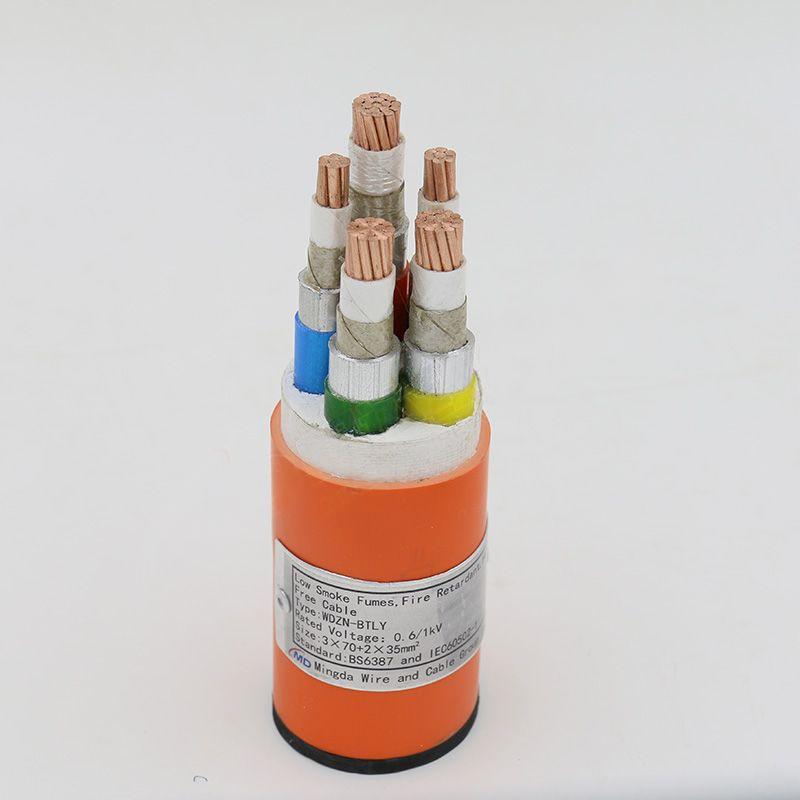ធ្នូ . 07, 2024 15:48 Back to list
Double Offset Flanged Butterfly Valve for Efficient Flow Control and Durability
Double Eccentric Flange Butterfly Valve A Comprehensive Overview
The double eccentric flange butterfly valve, often referred to as the double offset butterfly valve, is a highly efficient and versatile valve type commonly used in various industries for flow control. Its design incorporates several unique features that enhance its performance, particularly in applications involving liquid and gas flow. This article aims to explore the essential characteristics, benefits, applications, and maintenance aspects of the double eccentric flange butterfly valve.
Design Features
The double eccentric flange butterfly valve is designed with two eccentricities. The first offset is located at the stem position, while the second is positioned at the valve seat. This design reduces the friction between the disc and the seat during operation, which in turn minimizes wear and extends the valve's lifespan. Additionally, the double eccentricity allows the valve to achieve a tight seal when closed, reducing the risk of leakage.
Typically constructed from materials such as stainless steel, cast iron, or PVC, these valves are designed to withstand significant pressure and temperature variations. They are available in various sizes, making them suitable for both small-scale and large-scale applications.
Benefits
One of the primary benefits of the double eccentric flange butterfly valve is its ability to provide a low-torque operation. Due to its design, the valve requires less force to open and close, leading to reduced energy consumption during operation. This feature not only facilitates the ease of control but also contributes to overall operational efficiency.
Another significant advantage is the valve's compact design
. Unlike other valve types, which can be bulky and require substantial installation space, the double eccentric flange butterfly valve occupies minimal space, allowing for easier integration into existing piping systems. Its lightweight construction also simplifies transportation and installation procedures.Moreover, these valves are highly versatile and can be used in various applications, from water treatment and chemical processing to power generation and HVAC systems. Their ability to handle a wide range of temperatures and pressures makes them suitable for both industrial and commercial applications.
Applications
double eccentric flange butterfly valve

Double eccentric flange butterfly valves are widely used across multiple industries. In the water and wastewater treatment sector, they are employed to regulate the flow of water during treatment processes. Their ability to create a tight seal is particularly advantageous in preventing cross-contamination.
In the oil and gas industry, these valves play a critical role in the transportation and processing of hydrocarbons. Their robust design and reliability ensure that they can handle the extreme conditions often found in these applications.
Additionally, in the HVAC field, double eccentric butterfly valves are essential for regulating airflow in ventilation systems. Their precise control capabilities contribute significantly to energy efficiency in heating and cooling applications.
Maintenance
Maintaining a double eccentric flange butterfly valve is relatively straightforward, but certain practices should be followed to ensure optimal performance. Regular inspections are crucial to identify signs of wear or damage. Common areas to monitor include the seat and disc for any signs of erosion or leakage.
Lubrication of the valve stem is also essential to ensure smooth operation and prevent potential sticking during use. Operators should consult the manufacturer's guidelines for specific maintenance schedules and recommendations based on the application and environment.
In cases where the valve has been subjected to severe operating conditions, it may require more frequent inspections and maintenance to ensure its reliable performance. Having a qualified technician perform these checks can save time and resources in the long run and reduce the likelihood of unexpected failures.
Conclusion
In summary, the double eccentric flange butterfly valve is a vital component in various industrial applications, thanks to its unique design and inherent benefits. Its low torque operation, compactness, and versatility make it an attractive choice for engineers and operators alike. Proper installation and maintenance practices can further enhance its efficiency and lifespan, making it a valuable asset in fluid control systems. Understanding its features and applications will enable industries to leverage this technology effectively, ensuring optimal performance and long-term reliability.
Share
-
Reliable Wafer Type Butterfly Valves for Every IndustryNewsJul.25,2025
-
Reliable Flow Control Begins with the Right Ball Check ValveNewsJul.25,2025
-
Precision Flow Control Starts with Quality ValvesNewsJul.25,2025
-
Industrial Flow Control ReliabilityNewsJul.25,2025
-
Engineered for Efficiency Gate Valves That Power Industrial PerformanceNewsJul.25,2025
-
Empowering Infrastructure Through Quality ManufacturingNewsJul.25,2025